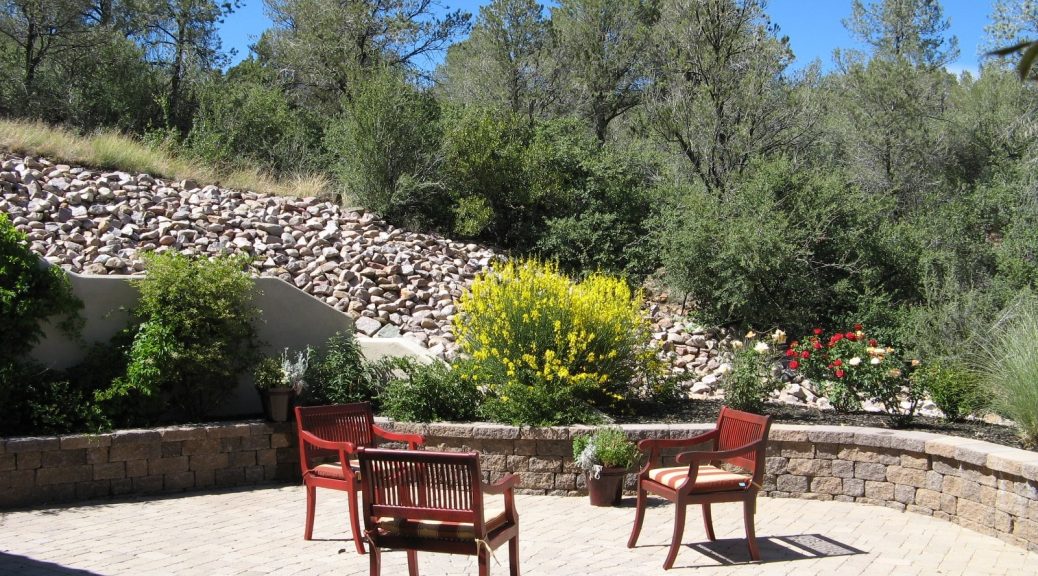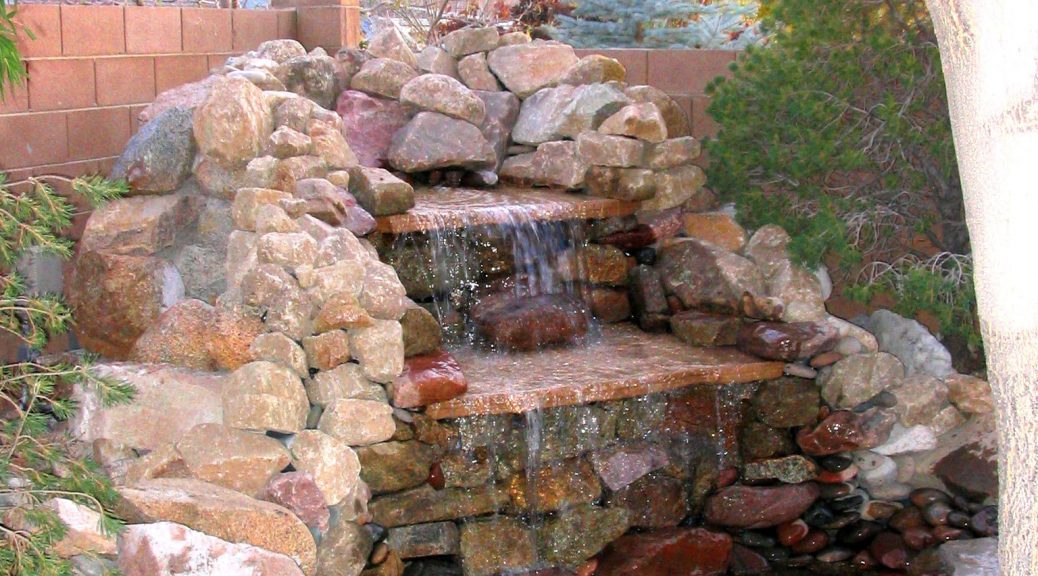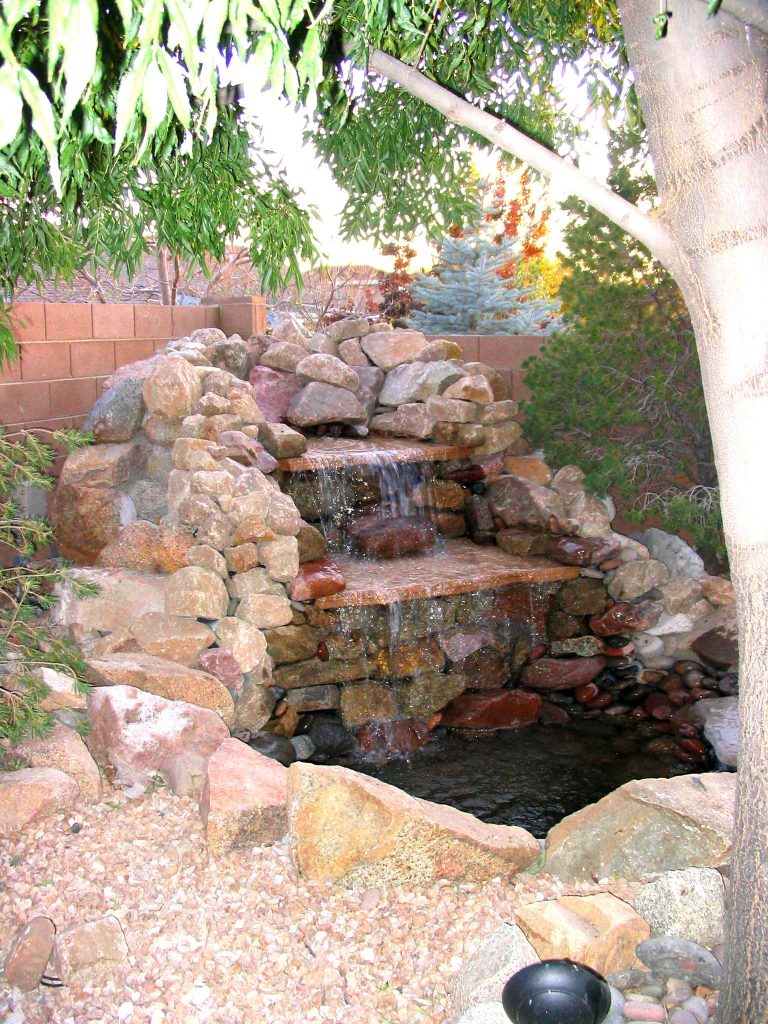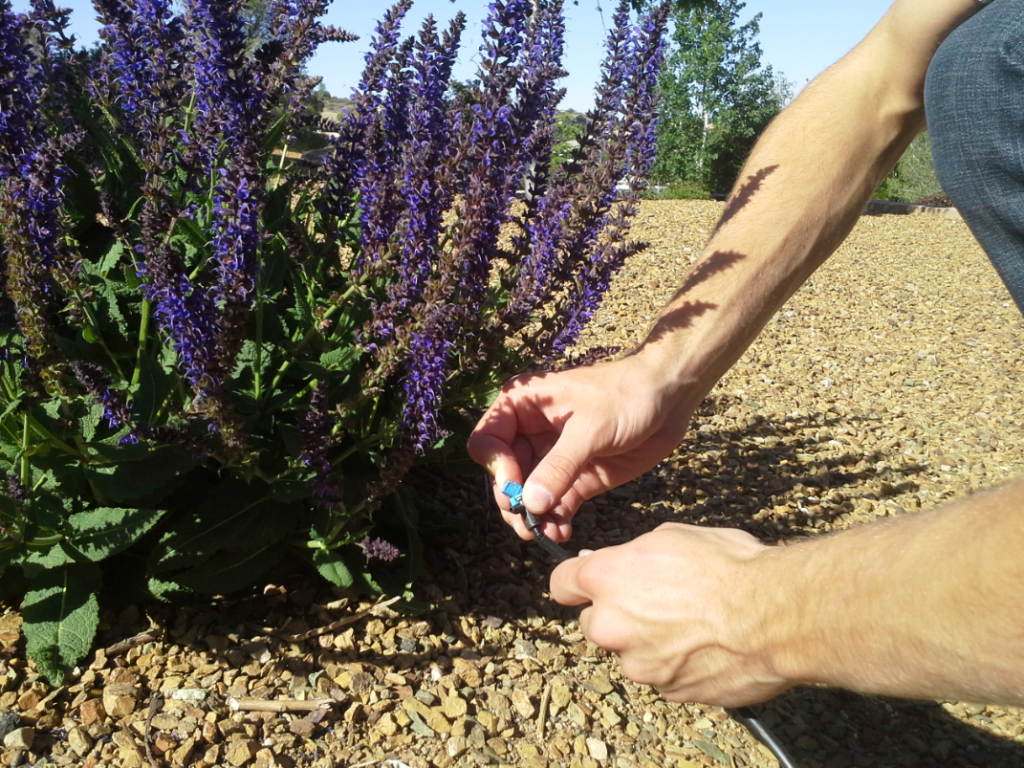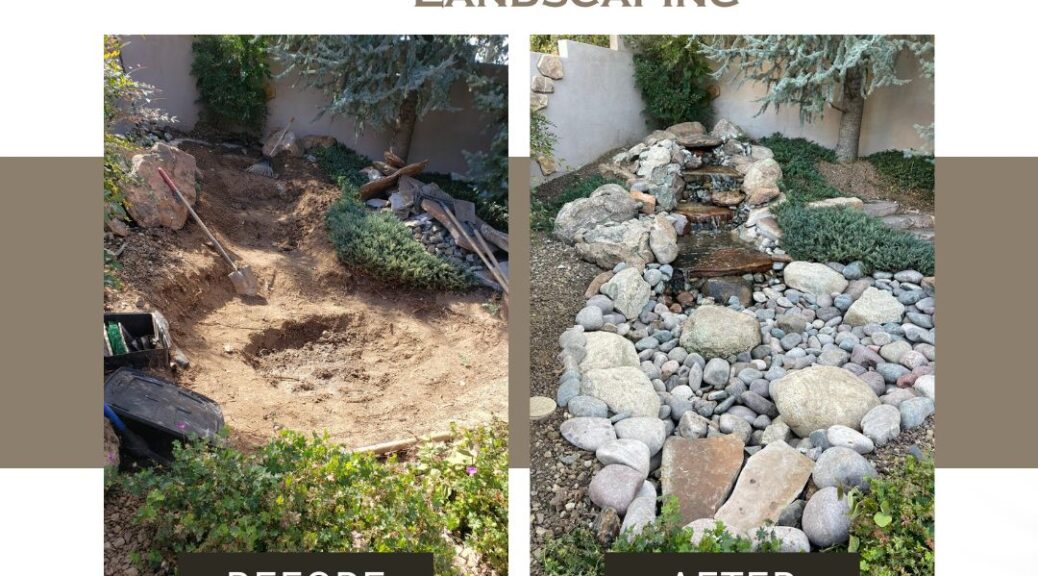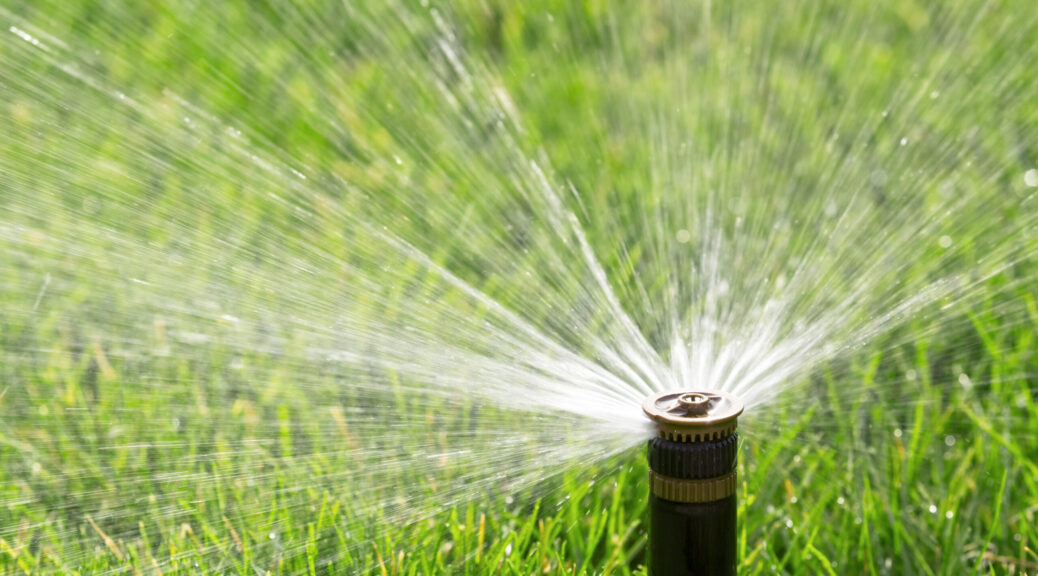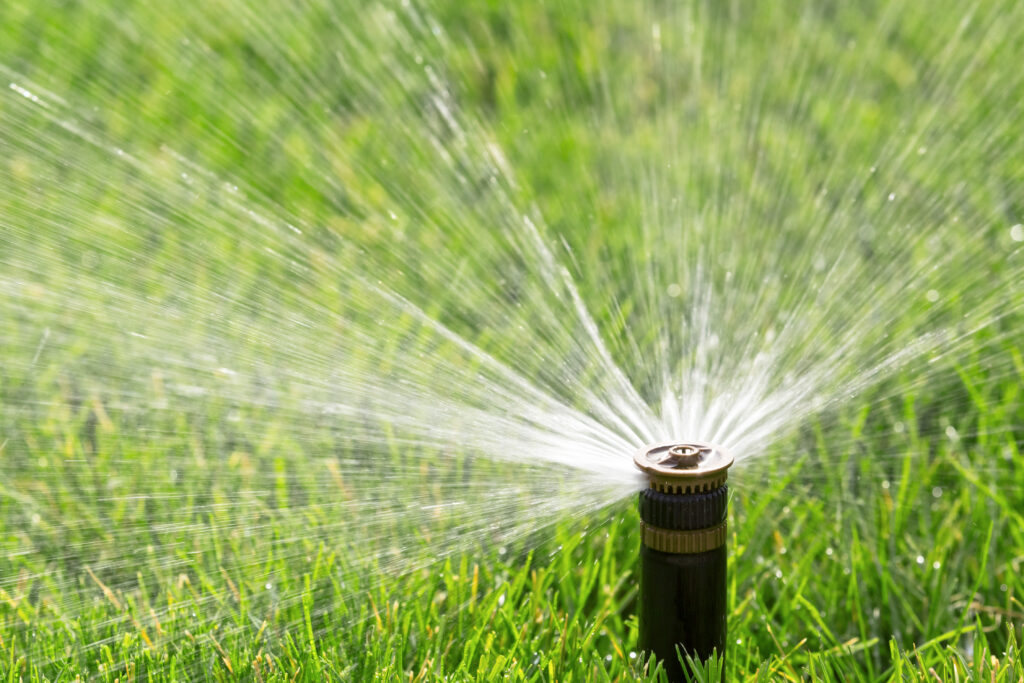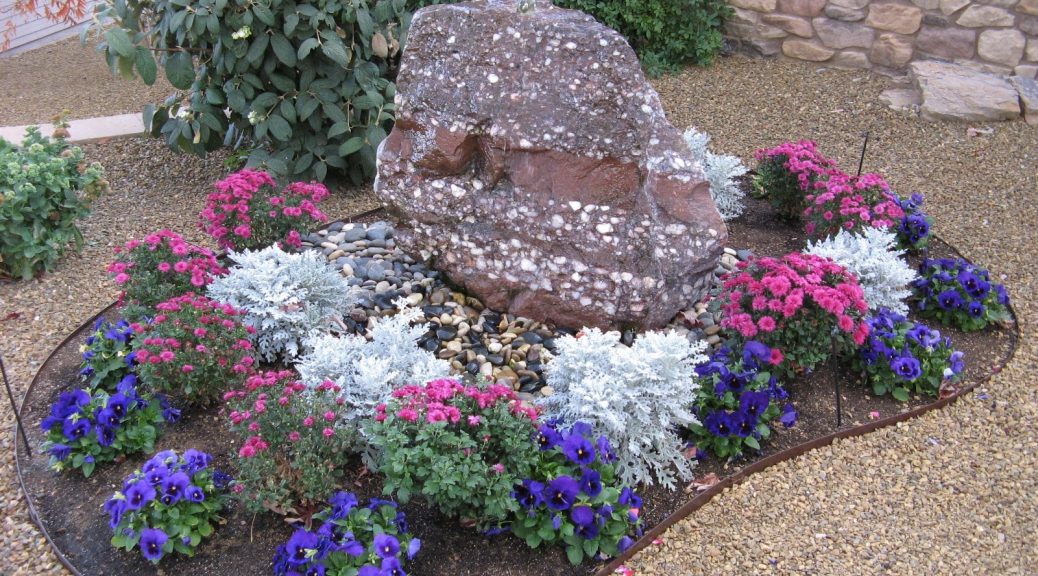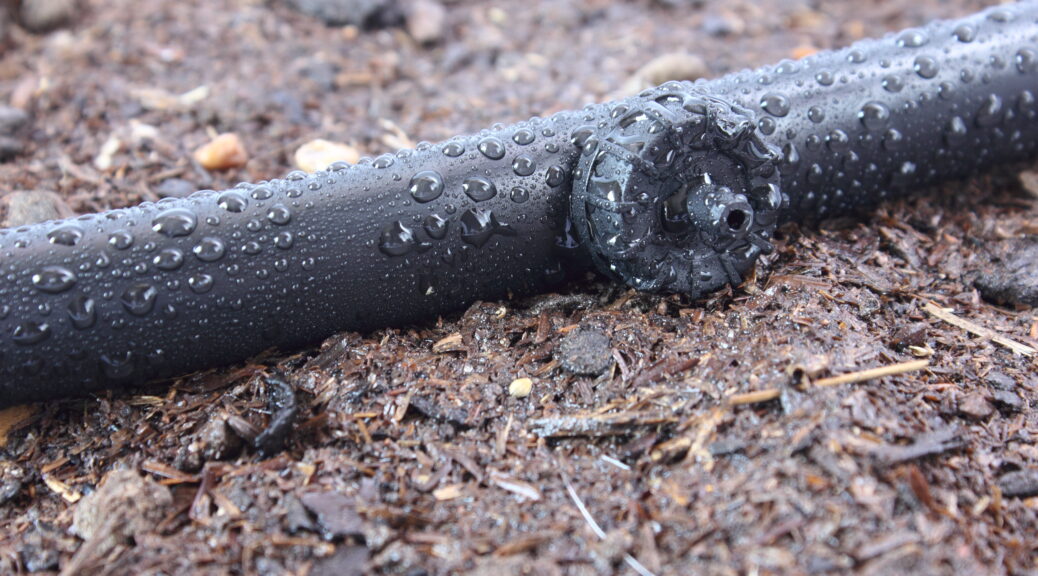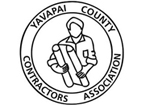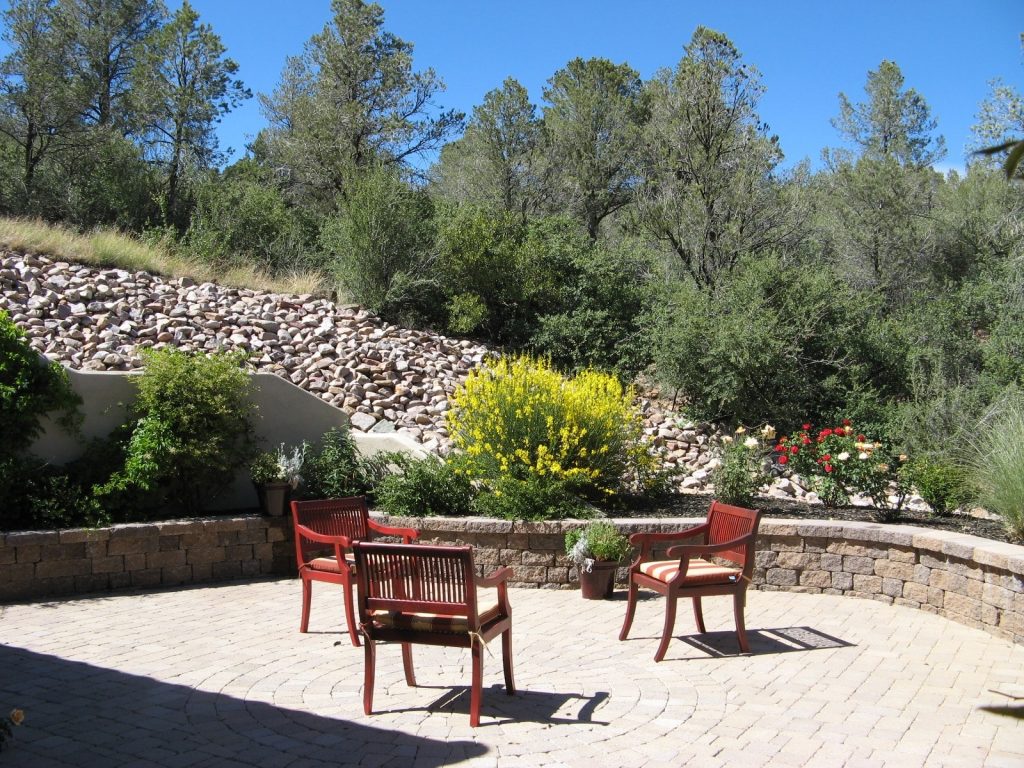
Not every homeowner has the luxury of a sprawling backyard, but at Vicente Landscaping, we believe that a compact space doesn’t mean you have to compromise on beauty or functionality. With thoughtful design and creativity, even the smallest yards can be transformed into a charming retreat. Here are some landscaping ideas to maximize your small yard’s potential.
Think Vertical
When space is limited, think upwards! Vertical gardening is an excellent way to add greenery without using up valuable ground space. Utilize trellises, wall planters, and hanging baskets to grow a variety of plants. A living wall can also serve as a lush backdrop, creating a sense of depth and richness in your yard.
Choose the Right Plants
Selecting the right plants is crucial in a small yard. Opt for dwarf or miniature varieties that won’t overwhelm the space. Plants with a vertical growth habit, like columnar trees or tall, narrow grasses, can draw the eye upward and make the space feel larger. Remember, the goal is to scale the greenery to fit comfortably in your yard without overcrowding.
Create Zones
Dividing your yard into distinct zones can make it feel larger and more functional. Use pathways, different textures, or color themes to distinguish areas for dining, relaxing, or gardening. Even in the smallest yards, a tiny nook with a bench or a bistro set can offer an intimate setting for relaxation or conversation.
Implement Multi-Functional Features
In a compact yard, every element should have a purpose. Choose furniture that doubles as storage or install built-in seating. Consider a fire pit that can also serve as a table or incorporate a water feature that attracts wildlife. These features provide multiple uses while saving space.
Use Light and Shade Wisely
Proper lighting can create an illusion of more space. Soft, subtle lighting can provide depth and ambiance during the evenings. During the day, the strategic placement of shade elements, like a small pergola or umbrella, can define spaces without making them feel confined.
Mirror the Indoors
Blurring the lines between inside and out can make your space feel expansive. Use a similar color palette and materials as those found in your home for your outdoor furnishings and decor. This continuity can make your yard feel like an extension of your living room.
Invest in Professional Design
The best way to ensure your small space is maximized to its fullest potential is to invest in professional design services. At Vicente Landscaping, we specialize in creating personalized plans that reflect your style and needs, ensuring every inch of your compact yard is used efficiently.
Conclusion
Small yards present an opportunity to get creative with design and functionality. With the right approach, you can turn the tiniest yard into a cozy, inviting space that you and your guests will love. At Vicente Landscaping, we delight in crafting these small-space havens, demonstrating that great things truly do come in small packages.
928-636-1601




